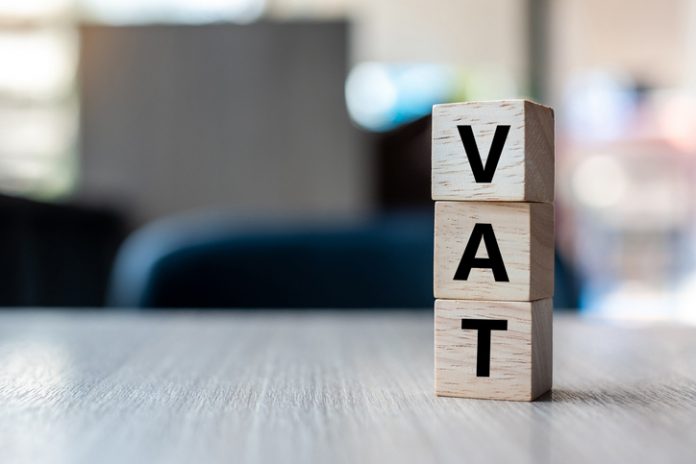The body that collects taxes in the UK is Her Majesty Revenue and Customs (HMRC), a powerful government tax authority. The body gathers taxes, pays child support, executes tax and customs regulations, and ensures employers pay minimum wage promptly.
HMRC came into existence after the merger between Inland Revenue and the Board of Customs and Excise in 2005, and both agencies handled internal taxes and gathered customs. Businesses receive letters from HMRC informing them of a forthcoming annual VAT inspection. Busy entrepreneurs see this as a vast business disruption, causing them to worry.
Therefore, for this event to pass smoothly, it is imperative to know what HMRC requires of you, prepare for the visit, and finish a VAT inspection quickly.
Triggers of a VAT Inspection
What is VAT inspection? It is a visit by HMRC to scrutinise business records to check if the right tax party remissions or reclaims are the right amounts. HMRC contacts the business in advance to agree on a convenient time for both sides, but sometimes the visit might be impromptu.
The body is well equipped with efficient software to notice any discrepancies in tax returns, including VAT. The primary trigger for VAT inspection these days is risk assessment by HMRC, which are fueled by any of these multiple factors:
- The need to collate annual account figures to those in VAT returns.
- Sale or purchase of goods from third parties.
- Check the credibility of the statistics you submit and the type of business to average VAT rates.
- Businesses operating in a high-risk sector
- HMRC could act on a tipoff on questionable operations in a company.
- A new VAT claim where there was none before will always spook them.
- Increase in VAT claims or a shift of VAT repayment
- A bad compliance record of VAT
- Check the VAT of your invoices is correct with a reliable VAT calculator, to reduce your chances of an inspection.
The Consistency of VAT Inspections
Every business will have a different VAT inspection frequency, and predicting how or when HMRC will have an interest in your records is impossible. The frequency of visits by the powerful tax body will mainly depend on VAT Return history, size of business and how complex it is.
The truth is there is an increase in the number of HMRC tax enquiries to help the government recover from the massive spending during the Corona pandemic. If you disagree with the findings of HMRC, you can write to them within 30 days requesting a statutory review or appeal to the First-tier Tribunal.
A member of HMRC who did not take part in the inspection conducts the review in 45 days, and if the outcome is unfavourable, an appeal to the First-tier Tribunal will suffice. To save time, hire a VAT recovery solicitor to request an Alternative Dispute Resolution (ADR) on your behalf.
How to Remain Safe from VAT Inspections
Once HMRC notifies you of an upcoming visit, take time to review your accounting records or seek help from a professional accountant to ensure competency. The forms should be updated, and any corrections should be done before HMRC’s arrival. Consider hiring a VAT investigation specialist who understands the rules of the Revenue body to help you prepare extensively for the big day.
Conclusion
Once the VAT inspection is over, HMRC asks you to pay up any differences immediately, which might be difficult since the money is already spent. If you find yourself in this situation, hire a professional solicitor to negotiate for you while you keep running your business.
Disclaimer: This article contains sponsored marketing content. It is intended for promotional purposes and should not be considered as an endorsement or recommendation by our website. Readers are encouraged to conduct their own research and exercise their own judgment before making any decisions based on the information provided in this article.



































